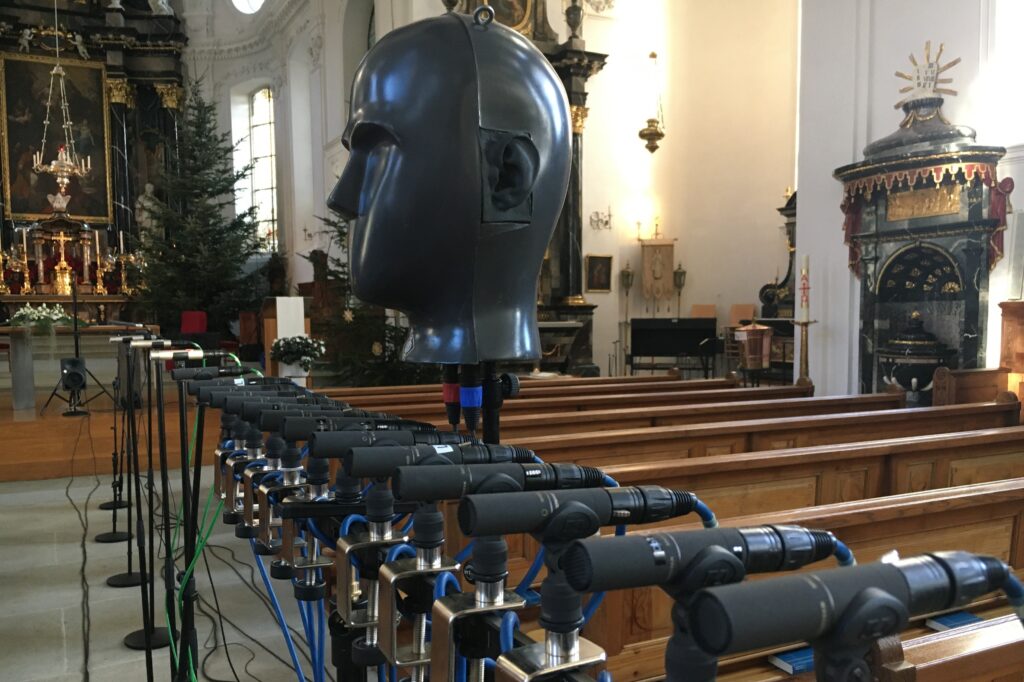The influence of the Harmonic Structure of sounds on the Spatial Impression

The Spatial Impression plays a central role for ensuring a high level of immersive experience with 3D audio content. When playing back sound recordings made in good-sounding venues, listeners might close their eyes and try to have the feeling of being in the venue. The spatial impression of music with acoustic instruments is created in the recording space, and the sound engineer’s job is capture both authentically and creatively using microphones.
Conversely, pop music contents mostly consist of direct (source-related) sounds, and artificial reverberation is used for creating spatial impression in most cases, but the use of reverb is often not sufficient for creating a great sense of listener envelopment in the context of pop music production.
This research project aims to advance the understanding of how spatial impression is perceived in the context of pop music, and to develop a new way to generate spatial impression through the construction and manipulation of harmonic contents of sounds. One focus of the work is on the question of what distinguishes the acoustic foreground from the background. For example, how should the harmonic structure of a direct sound signal (signals constructed from a Fourier synthesizer) be manipulated so that it is perceived as a background stream in a similar way to diffuse reverberant sounds from a very large space like a cathedral? A key measure for this might be fluctuations of parameters such as time, level, frequency and correlation. If the connections among these can be deciphered, spatial impression could also be constructed with direct sounds, and thus used in a targeted manner for pop music.
PhD project (part time): 2022 – current
Researcher: Lasse Nipkow
Supervisor: Dr Hyunkook Lee
